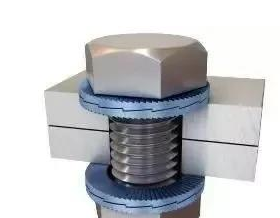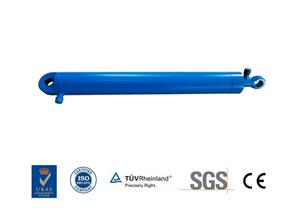Bolt anti-loosening design
Double nut
Double-nut locking is also called anti-loosening of the top nut. When the two top nuts are tightened, there is always an interaction pressure between the two top nuts. Any one of the two nuts needs to overcome the screw thread to rotate. Friction between. Even if the external load changes, the pressure on the top nut is always there, so it can play a relaxing role.
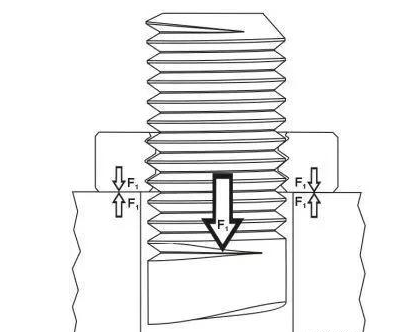
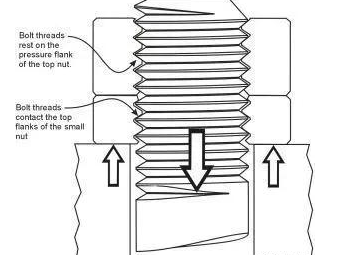
Self-locking nuts
The self-locking nut generally relies on frictional force. Its principle is to be pressed into the preset hole of the sheet metal through the embossed teeth. The diameter of the square preset hole is slightly smaller than that of the rivet nut. The nut is used to connect with the locking mechanism. When the nut is tightened, the locking mechanism locks the bolt thread.
Built-in nylon self-locking nut
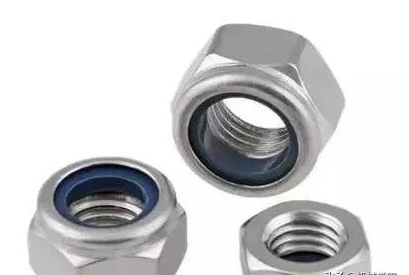
变形螺纹防松螺母
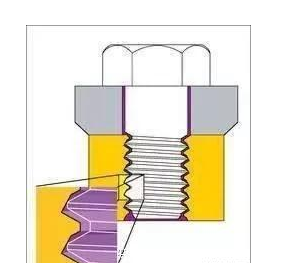
Cotter pin
After the nut is tightened, insert the cotter pin into the nut groove and the hole of the tail of the bolt, and pull the tail of the cotter pin apart to prevent the relative rotation of the nut and the bolt.
Slotted nut
Slotted nuts are used in conjunction with bolts with holes and cotter pins to prevent relative rotation of the bolts and nuts.
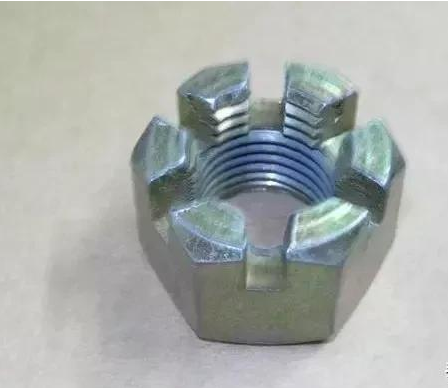
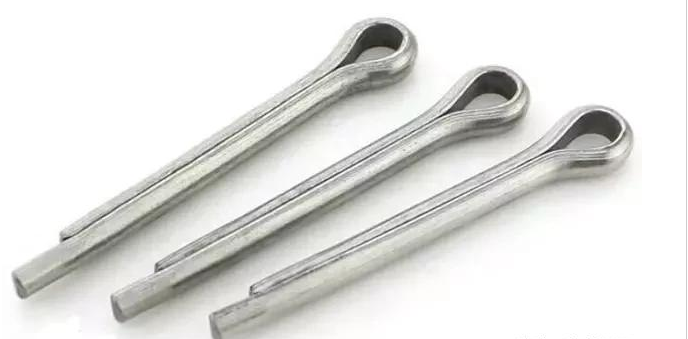
Tandem wire anti-loosening
The tandem steel wire anti-loosening is to insert the steel wire into the hole of the head of the bolt and connect the bolts in series to play a role of mutual restraint. This relaxation method is very reliable, but disassembly is more troublesome.
Pretension
High-strength bolt connections generally do not require additional anti-loosening measures, because high-strength bolts generally require a relatively large pretension force. Such a large pretension force causes strong pressure between the nut and the connected part. This pressure creates a friction torque that prevents the nut from rotating, so the nut does not loosen.
Stop washer
After the nut is tightened, bend the single-ear or double-ear stop washers to the side of the nut and the connecting piece to tightly lock the nut. If the two bolts need to be double-locked, the double-lock brake washer can be used, as the two nuts brake each other.

Spring washer
Open spring washer
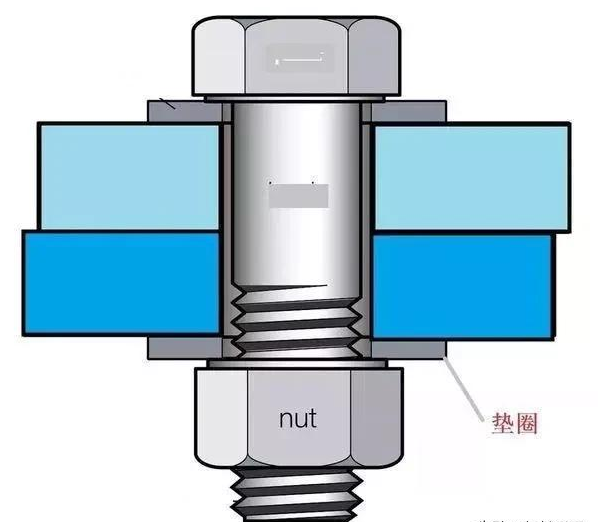
Tapered elastic washer
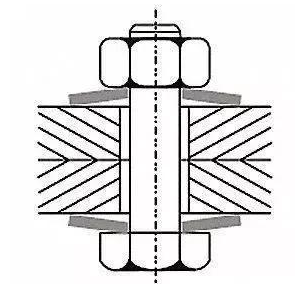
Double stack self-locking washer
